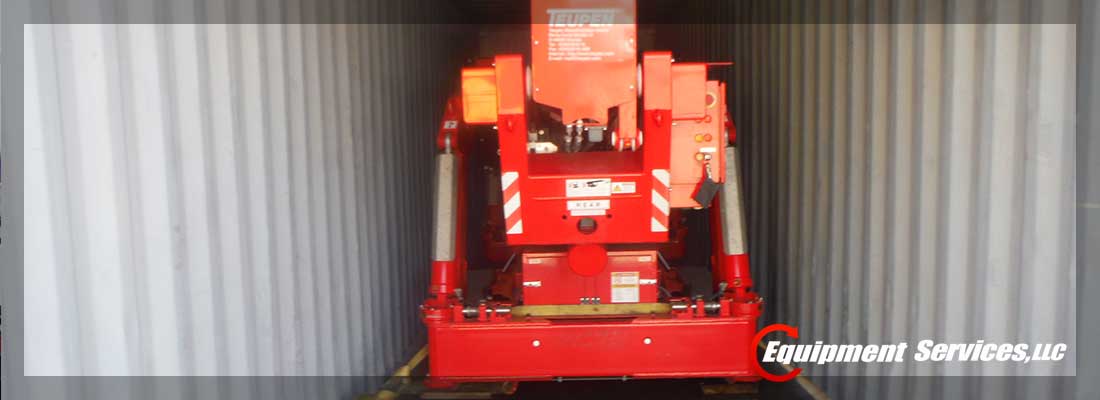When renting heavy equipment, hazards can be avoided if proper safety measures are in place. If plans are put in place to both avoid and prevent disaster, odds are that the equipment you use and the jobsite will be safe from hazards.
For renting construction equipment, the best way to prevent hazard is through design. Look for manufactures of lift equipment that offer safety options like pothole protection, set appropriate limits to switches so that certain speeds cannot be reached at certain heights and make sure that all elevated areas are protected by guard rails. Any place where you can install safety features, install them. AWPs provide a safe way for workers to reach height safely. As long as these machines are used properly, they provide a safe method of working at higher altitude. If they are abused, however, they are only a danger. These devices must be equipped with guard rails, maintained properly, and operated with caution to be considered hazardous.
Even if you put in place all the precautionary measures available, there can always be risk. There is potential hazard associated with working at heights, as you could fall. Any activity involving power lines could result in electrocution. If you are performing work in an active area, people and traffic also pose a potential threat.
In order to avoid injury, a work risk assessment should be carried out. During this process, each and every risk should be identified. A method of avoiding the risks identified should be formed, as should a method of handling crisis if it does ensue. Any equipment needed to handle crisis should be easily accessible to all.
When creating your risk assessment, you should make sure to identify all risks. This includes the 5 most documented hazards that plague construction job sites. Electrocution is the first most dangerous. Electrocutions have been identified as the leading cause of fatalities when operating AWPs. In order to avoid risk, employees should not operate lift equipment less than 30 feet away from power lines. This includes but is not limited to scissor lifts, boom lifts, or other equipment. For power lines that are supported by wooden poles, operators should stay at least 50 feet plus the structure of their extended equipment away from steel tower lines.
Another risk when operating this kind of machinery is tip-over. Uneven ground, unstable tires, or human error can cause machines like scissor lifts to topple over. This can crush the operator and others near. It can also destroy the machine and the job site. Depending on location, it could potentially even cause electrocution.
Crushing is another risk. This occurs when a machine operator gets wedged between the platform and an exterior structure or object. People can also be struck by vehicles, cranes, and other machinery on the job site.
The final top risk is ejection. If you are not wearing personal fall protection and you are ejected from your machine, you risk death. Ejection injuries can be traumatic, especially if you are not wearing any head protection.
If you are interested in renting construction equipment and are wondering how it will affect the safety of your crew, you are in luck. Rented machinery is often well maintained, which makes it safe. Training programs are usually offered and safety training is included in this.

